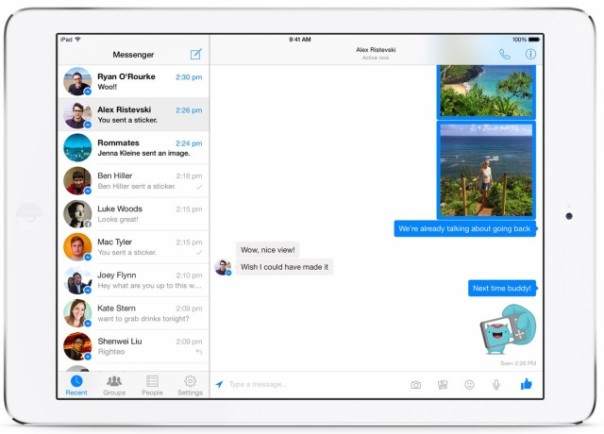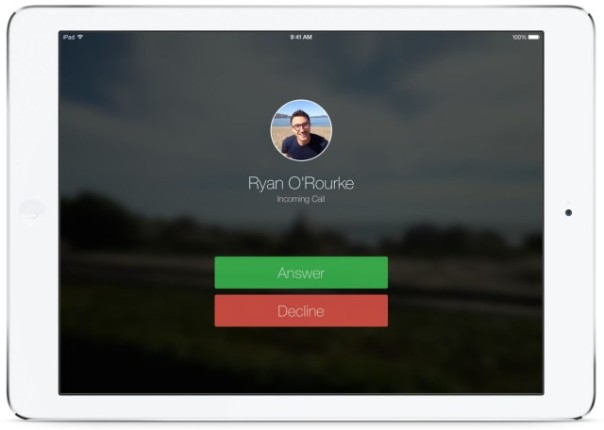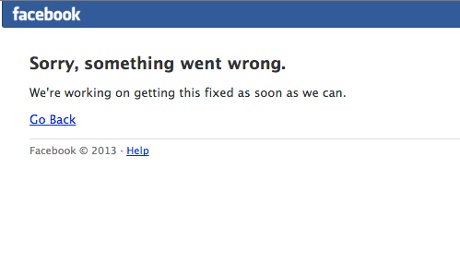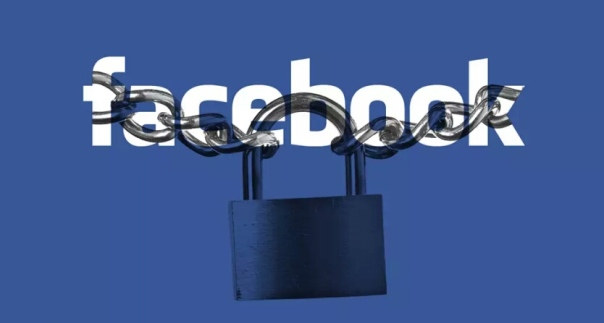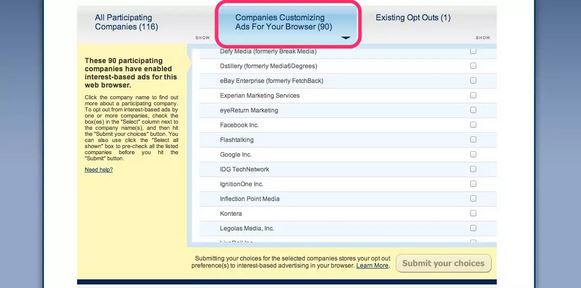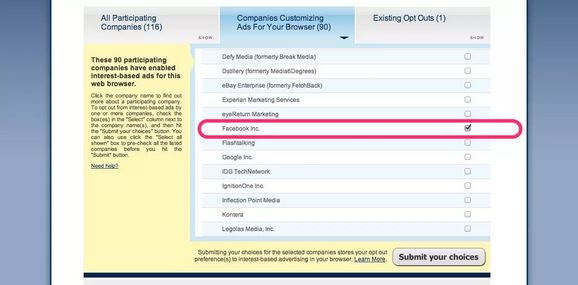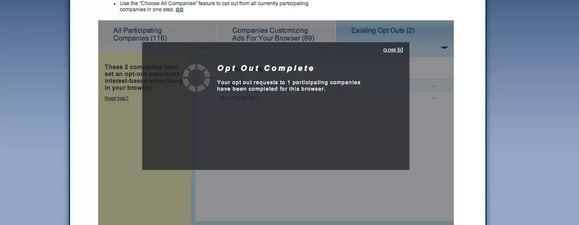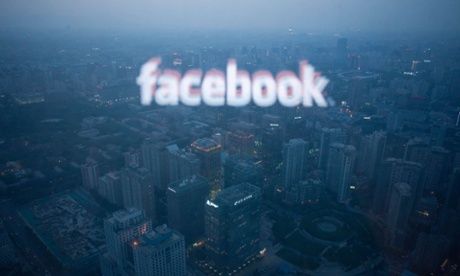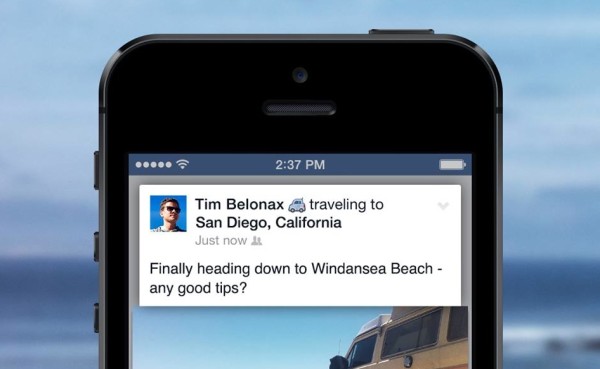Facebook is working on a video chat app to rival the popular Snapchat ephemeral messaging app, according to reports.
Known internally as Slingshot, according to the Financial Times, the app has been under development for the last couple of months and could be launched as soon as this month.
Facebook attempted to acquire Snapchat for $3bn in November last year but was rejected by the startup, which at the time was registering 5 million new users daily.
A suite of separate mobile apps
Slingshot would sit along side Facebook’s other separate mobile apps that are not directly connected to the primary Facebook experience, including the social network’s text messaging app, Facebook Messengerand the photo-sharing service Instagram.
Facebook declined to comment.
Facebook chiefs may still decide to abandon the new app, which is still under development, but this is not the company’s first attempt to challenge Snapchat. Facebook’s Poke app launched in 2012 but was discontinued this month along with the company’s Facebook Camera app.
‘Disappear forever’ or not
Snapchat updated its app to include text messaging and video calling alongside its short video messages and photos; all are only viewable for up to 10 seconds before disappearing from the recipient’s app.
US regulator the Federal Trade Commission recently reprimanded Snapchat over false claims that messages would “disappear forever”, but could in fact be kept by recipients through third-party applications or taking an undetectable screenshot of the image.
Facebook recently bought messaging app WhatsApp for $19bn in February as part of its mission to reach and connect more users, people who have also flocked to Snapchat and risk ditching or at least reducing their interactions with a traditional Facebook experience.
WhatsApp announced in February, after its acquisition by Facebook, that it would launch voice calling, allowing users to make calls and send text messages over data, rather than traditional phone networks voice and SMS services. The voice calling feature has yet to arrive.
• Snapchat ranks the lowest for protecting user data from the government, according to US pressure group the EFF

